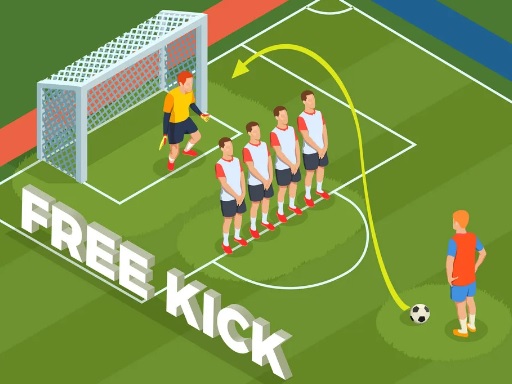In soccer, the offside rule is an important regulation that determines whether an attacking player is in an illegal position when the ball is played forward by a teammate.
Here's a detailed explanation of what offside means:
Position relative to the ball and defenders: A player is in an offside position if they are nearer to the opponents' goal line than both the ball and the second last opponent (usually the second last defender, with the last one being the goalkeeper in most cases). This means that when the ball is passed forward by a teammate, if an attacking player is ahead of the ball and there are fewer than two opponents (including the goalkeeper) between them and the goal line, they are in an offside position.
Active involvement: Just being in an offside position is not an offense by itself. A player in an offside position is only penalized if, at the moment the ball is touched or played by a teammate, they are actively involved in the play. This can include interfering with play (such as trying to control or play the ball), interfering with an opponent (blocking an opponent's view or movement to prevent them from playing the ball), or gaining an advantage from being in that offside position (e.g., the ball rebounds to them after hitting an opponent or the goalpost and they are in an offside position when the initial shot was taken).
Exceptions: There are some situations where the offside rule does not apply. For example, when a player receives the ball directly from a throw-in, a corner kick, or a goal kick, there can be no offside offense, regardless of the player's position on the field.
If an offside offense is committed, the referee stops the play, and the opposing team is awarded an indirect free kick from the spot where the offside player was located when the ball was played by their teammate.
For more Soccer Legends, you can visit this address:https://soccer-legends.org/














